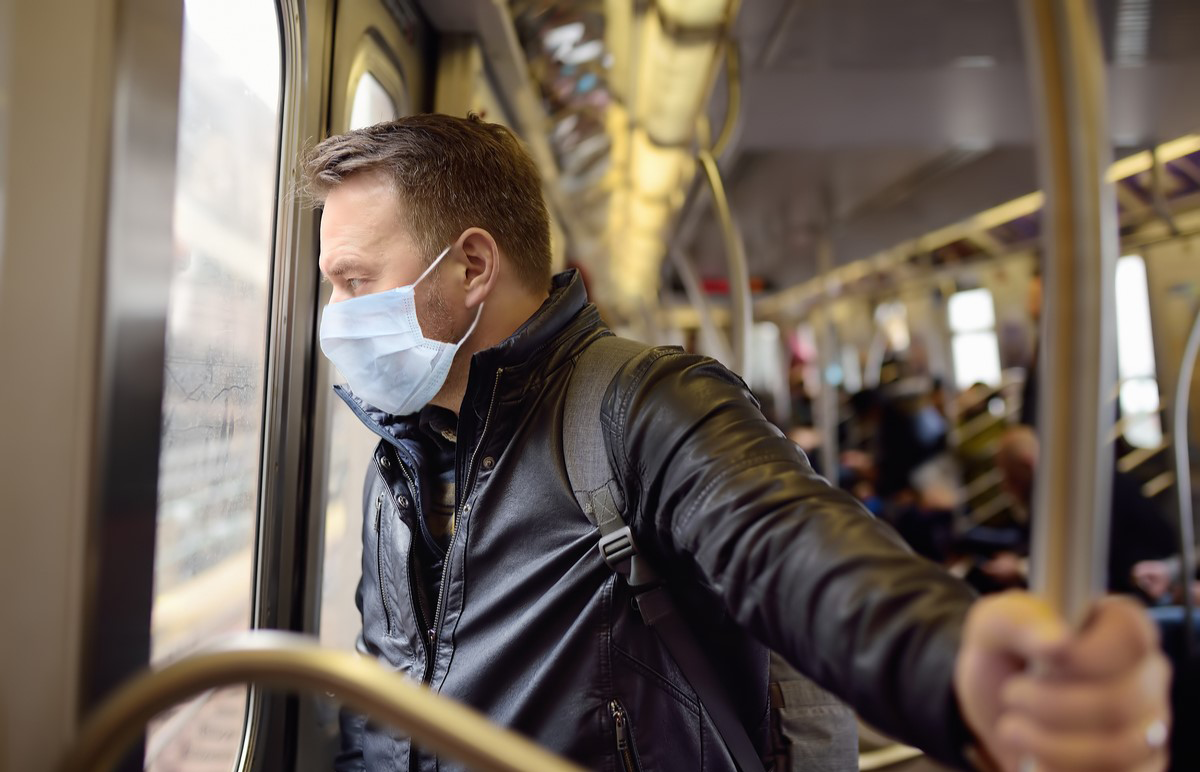Seven ways the pandemic is reshaping transportation
Seven ways the pandemic is reshaping transportation

The global public health crisis has disrupted cities and transportation around the world. Beyond the immediate and acute shocks, the impacts are prompting many important questions: What does the future of transportation hold? How is the pandemic changing how we move? Which trends will stay, and which will go?
These are just a few of the considerations that transportation planners – internationally and in Metro Vancouver – are thinking about. Including for Transport 2050(External link), Metro Vancouver’s new long-range strategy, which is under development. While we can be fairly certain that some transportation behaviours will return in time, the pandemic will likely have a lasting impact on cities.
To better understand these trends, we’ve put together a list of seven ways the pandemic is reshaping transportation.
Transportation 2.0: An Opportunity to Rebuild
At the outset of the pandemic, Tim Papandreou(External link), leading transportation thinker (of Google X fame), penned an article in Forbes, “Is The Coronavirus The Transportation Industry’s Opportunity(External link)?” He argues that we’re in one of the biggest transportation experiments in over a generation. That now is the time to rethink how transportation is delivered so that we can fix systematic problems. Papandreou says that we should channel technology and policies to build more inclusive, sustainable, and economically viable transportation.
Transit is Essential for the Urban Recovery
The pandemic – if anything – has shown that transit is an essential public service(External link) that keeps cities running. Going further, during a time when some are questioning the very viability of cities, TransLink CEO Kevin Desmond says(External link), “…cities will rise again – with a recovery driven by transit.” Beyond keeping basic mobility alive, and getting essential workers to work, transit is the key to the future sustainability of cities. But, Desmond argues, that we can’t make the mistakes of decades past in allowing transit to whither.
The Great Transportation Mode Shift
Early pandemic lockdowns and social distancing measures prompted a drop in transportation across the board. Walking, cycling, transit, driving, and mobility in general all fell.
1 Apple Mobility Data (which doesn’t include cycling rates): https://covid19.apple.com/mobility
Since then, the amount of driving (and levels of congestion) appear to have nearly rebounded to pre-pandemic levels. Active transportation, including walking and cycling have exploded in popularity. With bike shops struggling to keep up with demand(External link), cities as diverse as London and Houston(External link) have seen cycling rates nearly double. Transit use, however, is still depressed. In Metro Vancouver, for example, transit ridership is hovering around 44 per cent of last year.
Changing Urban Space and Streets – Bikes, Buses, Pedestrians
Around the world, increased demand for walking, cycling, and safe places to gather have prompted cities to reimagine how they use public space. Likewise, increasing congestion have initiated changes to streets to help keep bus movement efficient and reliable. Find out how the pandemic is changing urban space by watching our video.
An Increased Focus on Equity
Not everyone enjoys the same level of access to transportation in cities. Whether by income, gender, or race, some groups face systemic barriers, including discrimination and racism. In many North American cities, these inequalities have been intensified by pandemic-induced service cuts. TransitCenter’s Mary Buchanan and Natalee Rivera outline that transit systems should implement a holistic approach to addressing inequities(External link). This would include a focus on how costs and benefits are distributed, how decisions are made, and how past harms can be addressed.
Remote-working: An Explosion in Popularity
The need to social distance has prompted a large proportion of the workforce to begin working from home. Some workers have started to return to the office, resuming commuting. But it remains to be seen how many people will continue to work remotely post-pandemic. The big question is the work from home trend represents a small bump or a mountain of behaviour change. Georgia Tech’s Professor Patricia Mokhtarian has argued that past crises have prompted increases in tele-commuting(External link), but that workforces have always tended to eventually return to physical locations.
Retail Delivery and Urban Freight
With pandemic-induced lockdowns and an aversion to return to busy shopping locations, e-commerce has greatly increased. According to Statistics Canada(External link), online shopping doubled in May and has remained persistently high. And more online shopping leads to more neighbourhood deliveries. Something New York City has been contending with(External link), as its millions of package deliveries per day clog city streets and bring renewed conflict over scarce curb space.
Putting It All Together
Taken together, all of these trends have led to one of the most impactful years in recent transportation history. As we plan the next 30 years of regional transportation, through Transport 2050(External link), it’s important to learn from the impacts of the pandemic. Then, we can propel the changes that help us reach our regional goals – and reduce the negative affects of some of the worse impacts.







